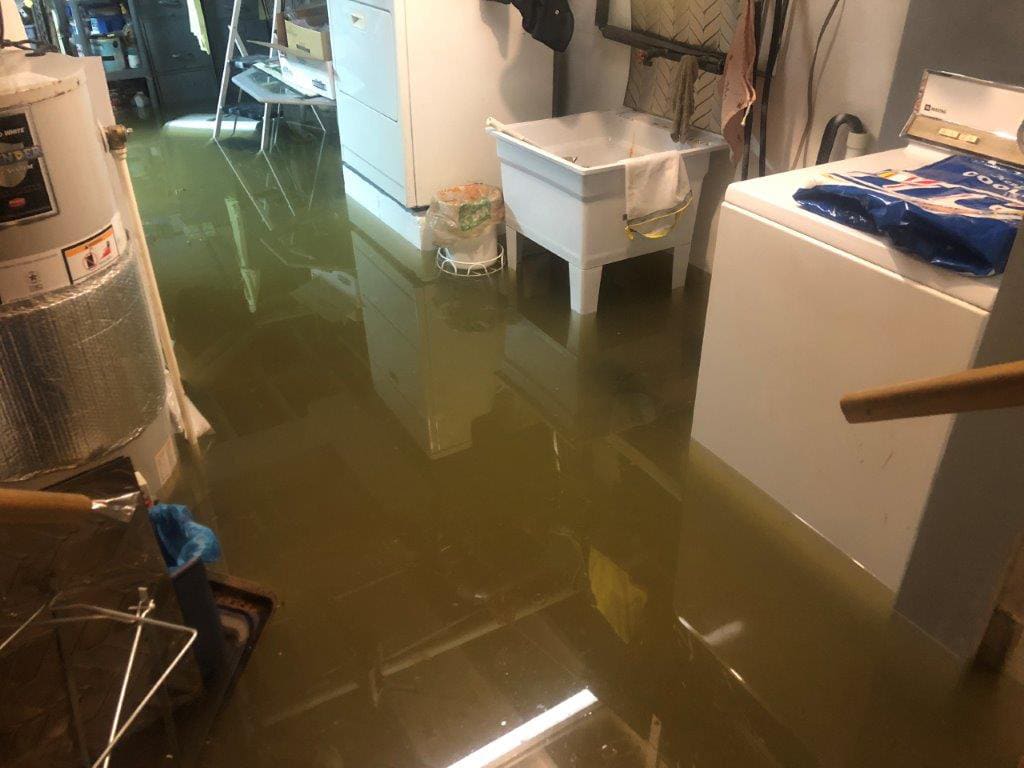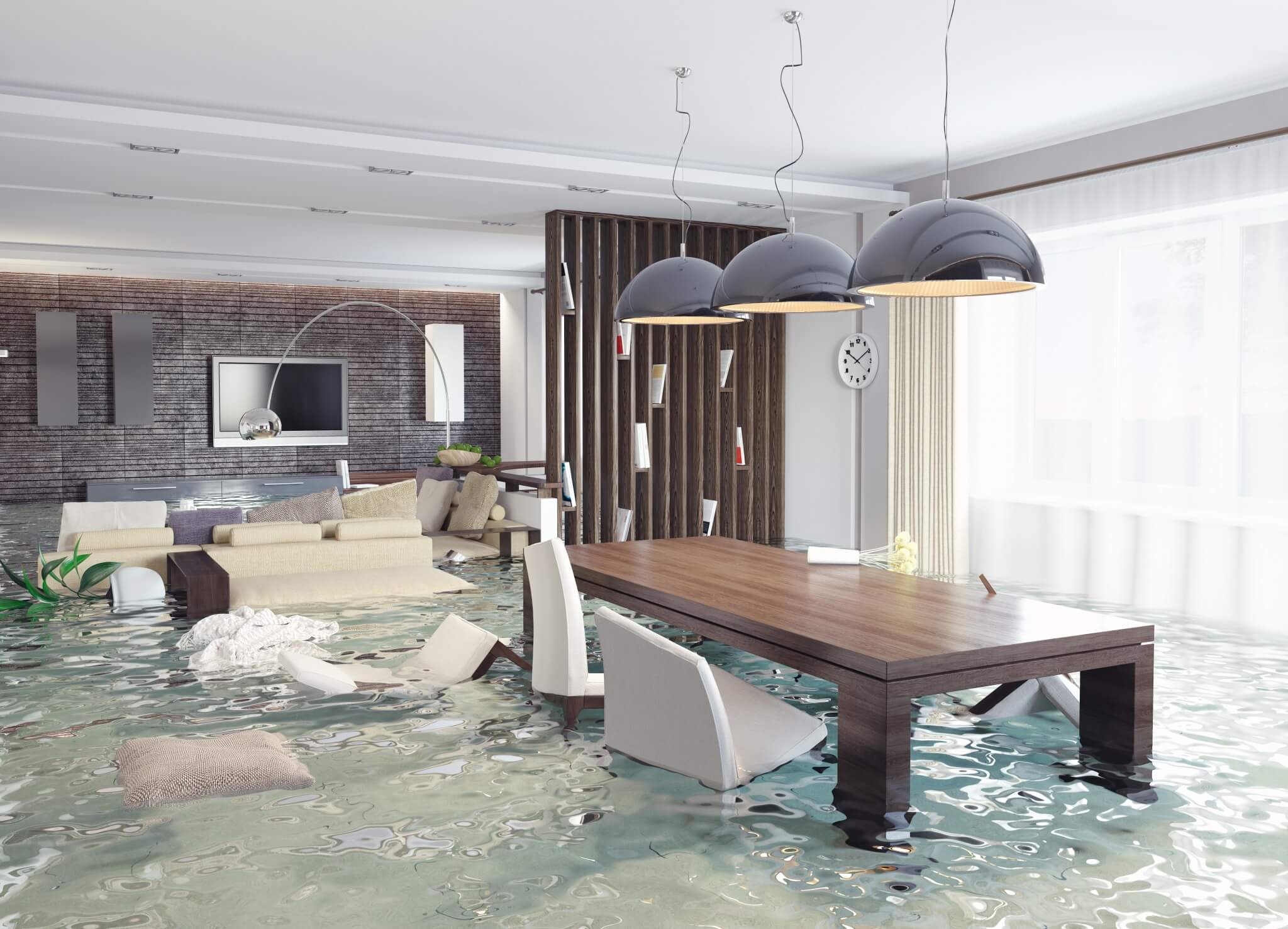Right here below you can discover additional sensible details about Preventing Fires and Water Damage In Your Home.

Water offers life, water invasion on parts where it's not expected to be can result in damages. Houses with water damage scent old and also mildewy.
Water can come from lots of sources such as tropical storms, floods, burst pipelines, leakages, as well as sewage system concerns. In case you experience water damage, it would be good to know some safety preventative measures. Right here are a couple of standards on exactly how to handle water damage.
Do Prioritize Home Insurance Coverage Coverage
Water damage from flooding as a result of heavy winds is seasonal. Nonetheless, you can likewise experience an abrupt flood when a malfunctioning pipeline all of a sudden ruptures into your residence. It would be best to have home insurance coverage that covers both acts of God such as natural disasters, and also emergency situations like damaged plumbing.
Don't Fail To Remember to Shut Off Utilities
This reduces off power to your whole house, stopping electric shocks when water comes in as it is a conductor. Do not neglect to turn off the major water line valve.
Do Remain Proactive and Heed Climate Notifies
Storm floods can be extremely uncertain. If there is a history of flooding in your area, stay positive and also prepared. If you live near a lake, creek, or river , pay attention to emptying cautions. Take out belongings from the ground floor as well as cellar, after that placed them on the highest feasible degree. Doing so decreases possible property damage.
Don't Neglect the Roof
Prior to the weather turns frightful, make certain you have a roofing examination. It would certainly be prudent to receive this service annually as it can mitigate complex concerns. If there are no holes and leakages in your roof covering, you can avoid rain damage. Your roofing contractor will certainly likewise deal with defective seamless gutters or any other indicators of weakening. This will avoid water from flowing down your walls and also soaking your ceiling.
Do Focus On Tiny Leakages
A burst pipe doesn't take place overnight. Generally, there are red flags that indicate you have damaged pipelines in your home. For example, you may see bubbling paint, peeling wallpaper, water touches, water stains, or dripping sounds behind the walls. At some point, this pipeline will break. Ideally, you must not wait on points to intensify. Have your plumbing repaired before it results in huge damages.
Do Not Panic in Case of a Burst Pipe
Maintaining your presence of mind is important in a time of dilemma. Worrying will only compound the trouble since it will suppress you from acting quickly. When it pertains to water damages, timing is essential. The longer you wait, the even more damage you can anticipate. Hence, if a pipeline bursts in your residence, promptly shut down your main water shutoff to cut off the source. Then disconnect all electrical outlets in the area or shut off the circuit breaker for that part of your home. Lastly, call a reliable water damage reconstruction professional for aid.
Water offers life, water invasion on parts where it's not expected to be can result in damage. Homes with water damage smell old and also mildewy.
Water damage from flood fees to heavy winds is seasonal. You may see bubbling paint, peeling off wallpaper, water streaks, water discolorations, or leaking audios behind the walls. When it comes to water damages, timing is key.
Some Do's & Don't When Dealing with a Water Damage
DO:
Make sure the water source has been eliminated. Contact a plumber if needed. Turn off circuit breakers supplying electricity to wet areas and unplug any electronics that are on wet carpet or surfaces Remove small furniture items Remove as much excess water as possible by mopping or blotting; Use WHITE towels to blot wet carpeting Wipe water from wooden furniture after removing anything on it Remove and prop up wet upholstery cushions for even drying (check for any bleeding) Pin up curtains or furniture skirts if needed Place aluminum foil, saucers or wood blocks between furniture legs and wet carpet Turn on air conditioning for maximum drying in winter and open windows in the summer Open any drawers and cabinets affected for complete drying but do not force them open Remove any valuable art objects or paintings to a safe, dry place Open any suitcases or luggage that may have been affected to dry, preferably in sunlight Hang any fur or leather goods to dry at room temperature Punch small holes in sagging ceilings to relieve trapped water (don't forget to place pans beneath!); however, if the ceiling is sagging extremely low, stay out of the room and we'll take care of it DO NOT:
Leave wet fabrics in place; dry them as soon as possible Leave books, magazines or any other colored items on wet carpets or floor Use your household vacuum to remove water Use TV's or other electronics/appliances while standing on wet carpets or floors; especially not on wet concrete floors Turn on ceiling fixtures if the ceiling is wet Turn your heat up, unless instructed otherwise

I recently found that piece on Fire And Water Damage Prevention when exploring the web. Enjoyed our piece of writing? Please share it. Let someone else find it. I take joy in reading our article about 5 Home Safety Tips To Reduce The Risk Of Fire And Water Damage.